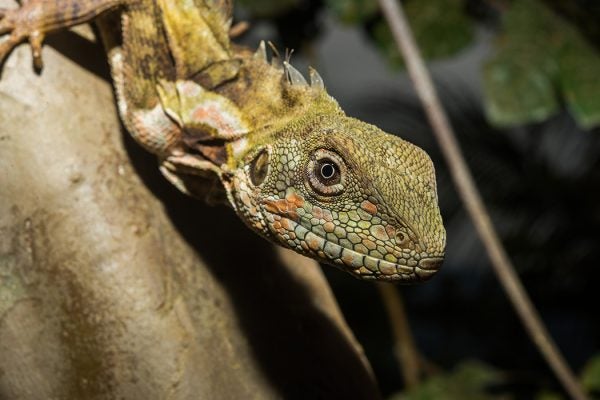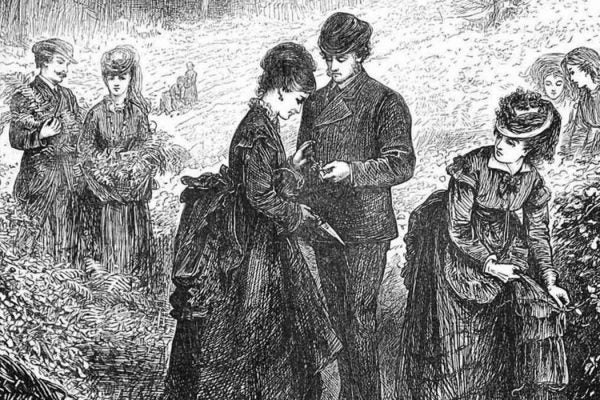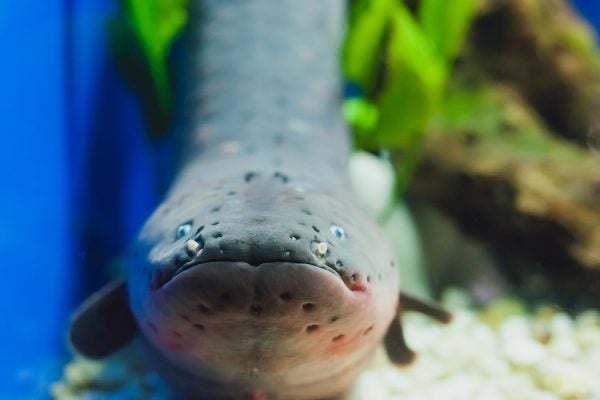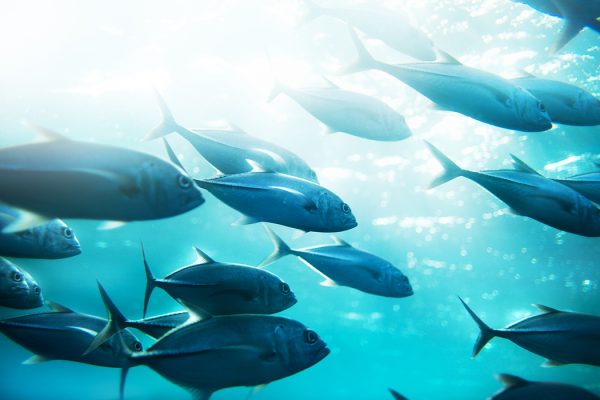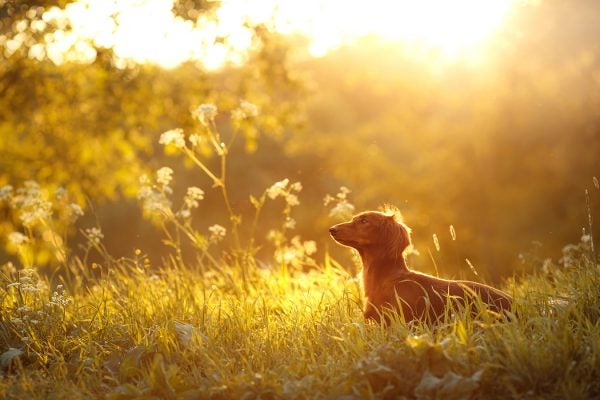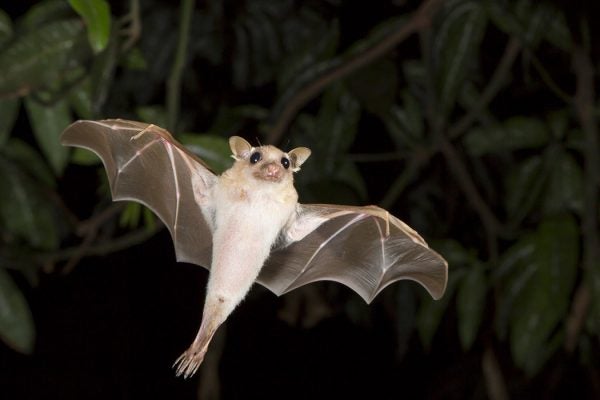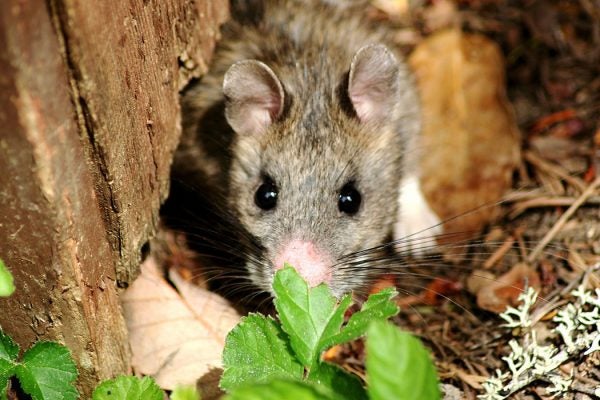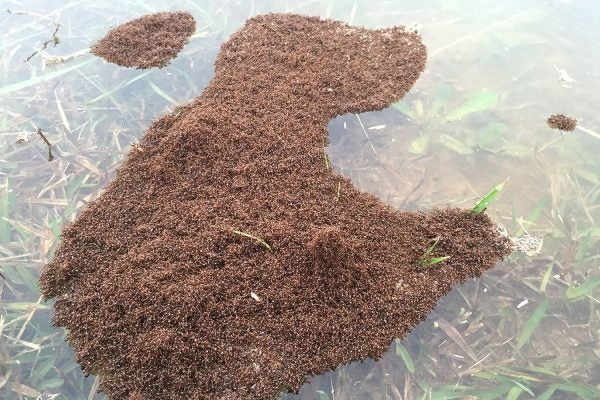Reptiles Need Your Love, Especially Now
A new study from Oxford and Tel Aviv universities found reptiles are underrepresented in conservation efforts, just in time for Reptile Awareness Day.
When Ferns Were All The Rage
Despite the jurassic-sounding name, pteridomania (from the Greek for fern, plant and mania) was responsible for the 19th century fern leaf collector's job.
Why Do We Sleep?
A growing consensus among those who hold this view is that sleep is needed for maintaining a healthy nervous system, not necessarily a brain.
What Makes Fish Swim Fast
How do fish swim? Having fins and tails help, But it takes more than that to be fast and avoid danger. Diving into fish physics.
What Does It Mean to Own an Animal?
Those who view animals as property misunderstand the nature of property, a legal scholar suggests.
Why Human Echolocators Will Never Be As Precise As Bats
Research seems to indicate that human echolocation is surprisingly sophisticated, and may aid a deeper understanding of hearing and sensory perception.
When Packrats’ Hoards Are Helpful
Packrat nests, preserved by a combination of the chemistry of urine and the desert air, open a window into centuries of local climate change.
Fire Ants Form Rafts to Float on Water
Floating masses of fire ants have been observed drifting in the floodwaters resulting from Hurricane Harvey. How does a swarm of fire ants float?
The Victorian Debate Over Rabies
Rabies began a contentious debate between Victorian pet owners and veterinary experts about how to regulate dog health. Rough.
